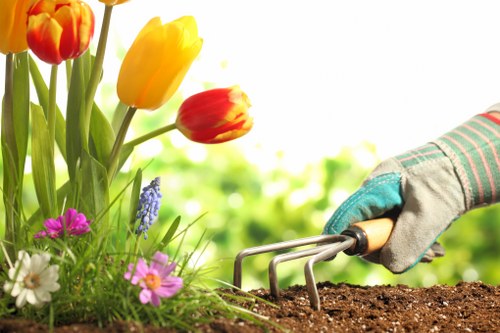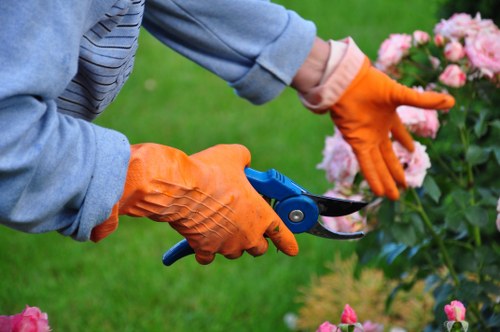Why Stump Grinder in Mowing Sucks: An In-Depth Analysis
Introduction to Stump Grinding

Stump grinding is a common practice used to remove tree stumps from lawns and gardens. While it may seem like an effective solution for maintaining a tidy landscape, many homeowners find that stump grinding in mowing sucks.
There are several reasons why relying on stump grinders can be problematic. From environmental concerns to practical inefficiencies, it's essential to understand the drawbacks before deciding to use a stump grinder for your mowing needs.
In this article, we'll delve into the various aspects of stump grinding and why it might not be the best choice for your lawn care routine.
Environmental Impact

One of the primary concerns with stump grinding is its environmental impact. The process often involves the use of heavy machinery, which can lead to soil compaction and damage to the surrounding plant life.
Additionally, stump grinding contributes to noise pollution. The loud sounds generated by the machines can disturb both human and wildlife populations in the vicinity.
Moreover, the removal of stumps disrupts the natural habitat for various organisms. Stumps serve as important habitats for insects, fungi, and other creatures that contribute to the ecosystem's balance.
Cost Considerations

Stump grinding can be an expensive endeavor, especially if you have multiple stumps on your property. The cost of renting or purchasing a stump grinder, coupled with the labor involved, can quickly add up.
For homeowners on a budget, the high costs associated with stump grinding may not be justifiable. Alternative methods of stump removal or ground maintenance may offer more cost-effective solutions.
Furthermore, if the stump grinding is not done correctly, it may lead to additional expenses. Improperly ground stumps can leave behind large debris that requires further cleanup and disposal.
Practical Inefficiencies

Stump grinders are designed to remove stumps, but when used for mowing, they can be highly inefficient. The primary purpose of a stump grinder is not to mow grass, but to grind down woody material, which can lead to uneven mowing results.
Using a stump grinder for mowing can also pose safety risks. The machinery is not intended for regular lawn maintenance and can easily cause injuries if not handled properly.
Moreover, stump grinders require significant maintenance to operate effectively. The blades need to be sharpened regularly, and the machine itself must be kept in good working condition to prevent breakdowns during use.
Alternatives to Stump Grinding

If stump grinding in mowing sucks, there are several alternative methods to consider for maintaining your lawn without the drawbacks associated with stump grinders.
Manual Removal
Manually removing stumps using tools like axes, saws, and shovels can be labor-intensive but offers more control over the process. This method is environmentally friendly and allows you to preserve the surrounding plant life.
Chemical Treatments
Chemical stump removers can accelerate the decomposition process, making it easier to remove the stump over time. This method is less invasive and doesn’t require heavy machinery.
Natural Decomposition
Allowing the stump to decompose naturally is the most eco-friendly option. This process takes longer but enriches the soil and supports local wildlife.
Conclusion
While stump grinding may seem like a quick fix for lawn maintenance, it comes with numerous drawbacks that make it an ineffective choice for mowing.
From environmental impacts to high costs and practical inefficiencies, the cons outweigh the benefits. Considering alternative methods for stump removal and lawn care can lead to a healthier, more sustainable, and cost-effective yard.
If you're tired of stump grinding in mowing sucking, explore other options and choose the one that best fits your needs and values.
Contact us today to learn more about sustainable and effective lawn care solutions that work for you.